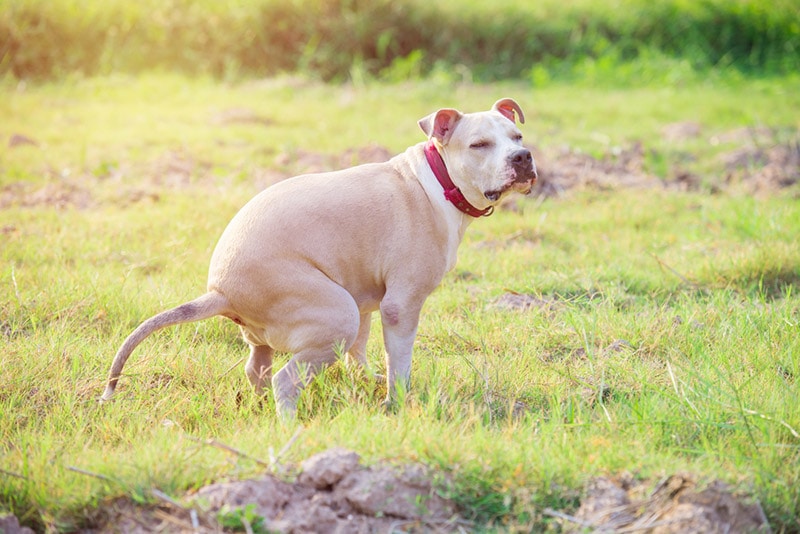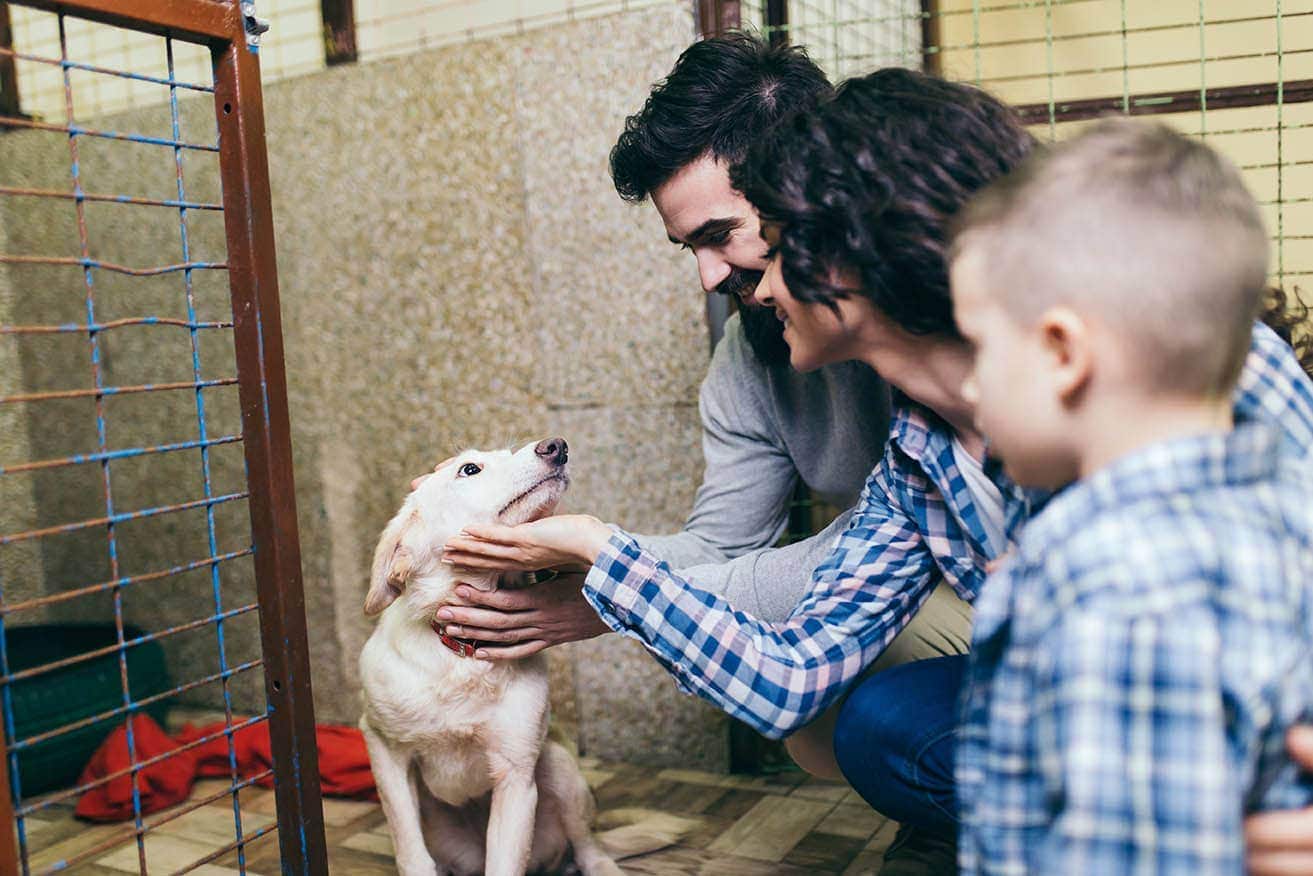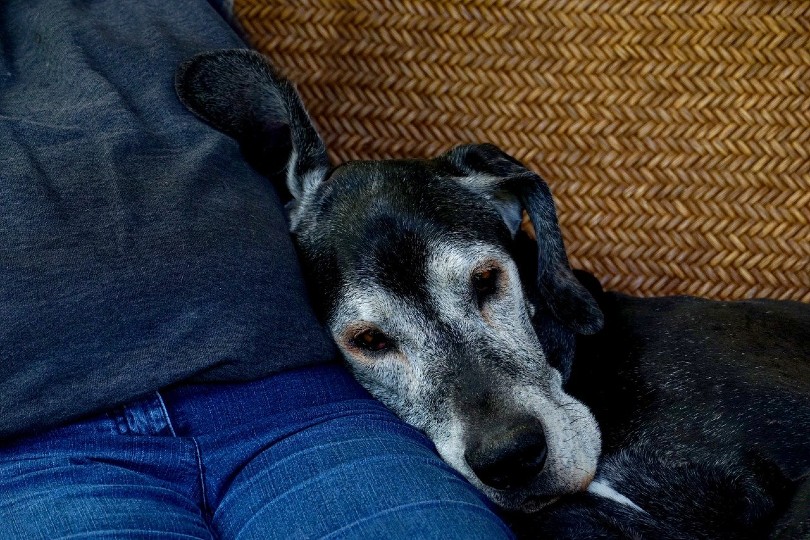Why Does Dog Poop Turn White? Vet-Reviewed Causes & Tips

Updated on
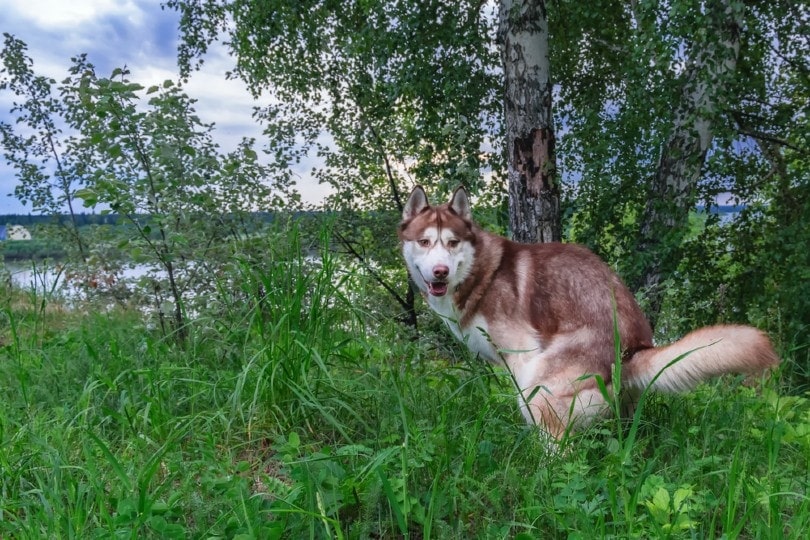
Dog ownership comes with the dreaded responsibility of picking up after them whenever they go to the bathroom. As unpleasant as this job is, it grants us a unique perspective regarding the health of our four-legged best friend. The color, smell, and texture of their poop can tell us about our dog’s inner workings and alert us to any pressing medical concerns that they might be hiding.
Our familiarity with our puppy’s bathroom habits can also lead to concern. For example, noticing that your dog’s poop is turning white instead of the familiar brown can be alarming.
The 6 Causes of White Poop
White poop isn’t always a cause for concern, but it can be the result of several serious issues. These range in severity and can sometimes require a trip to your veterinarian.
1. Diet
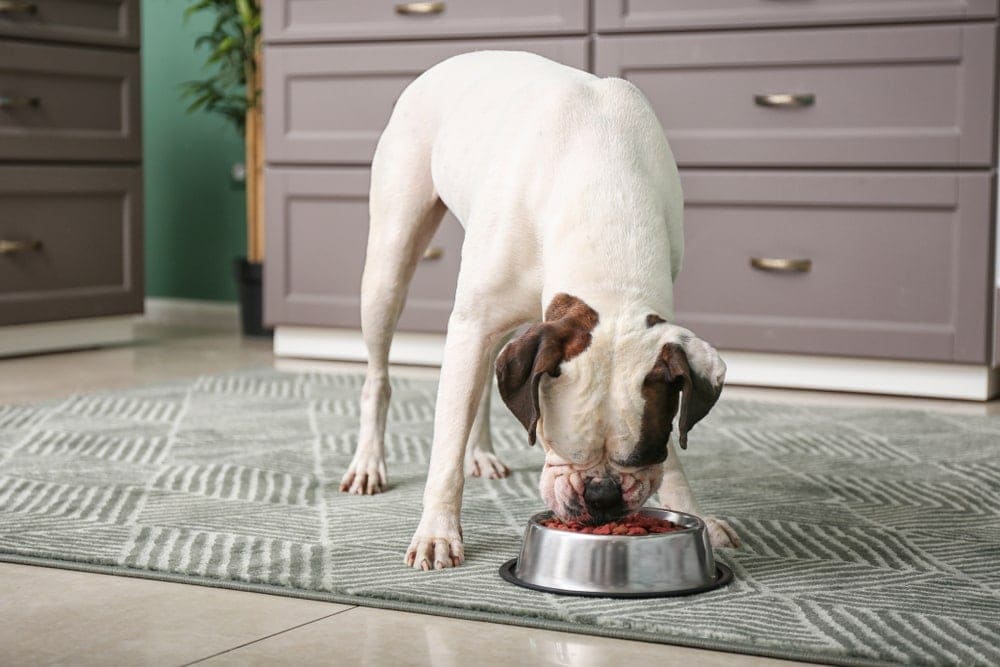
Your dog’s diet plays a big part in the health of their digestive system and the final appearance of their poop. There are two primary reasons your dog’s diet can cause their poop to turn white.
Calcium
If you feed your dog raw meals, you’re more likely to see their poop turning white. This is due to the calcium content of the food. In the same way, a diet filled with bones—raw or cooked—can also turn your dog’s poop white. It’s the same effect as eating grass or food with artificial colors. If the food coloring is strong enough or your dog eats enough oddly colored treats, their poop will be the same color.
While a healthy amount of calcium can support your dog’s bones and teeth, there can indeed be too much of a good thing. Sometimes, white poop caused by calcium isn’t a big issue, but other times, it can lead to problems. For calcium-rich raw diets, constipation and hard white poop are common side effects.
Changing your dog’s diet can help fix this issue. Commercial, high-quality dog food is formulated to contain all the necessary nutrients your dog needs to stay healthy. If you’d prefer to make your own food at home, contact a veterinary nutritionist who can help you create a balanced diet for your pup.
Pica
Dogs like to chew things, whether edible or not, but sometimes it goes too far. Canines that eat inedible objects have a condition known as pica, and they can eat anything, from tennis balls to your favorite socks. Pica can lead to obstructions in your dog’s digestive system and strange items in your dog’s poop.
Depending on what your dog has eaten, they can have pieces of undigested plastic or material in their feces. The color of the item can also affect the color of the poop. So, if your dog has been nibbling on toilet paper or feminine hygiene products, you’re more likely to see white poop.
It’s essential to consult a veterinarian if you believe your dog is eating things they shouldn’t. While inedible items can pass through your dog’s system unhindered, there’s a risk of them causing a blockage that requires surgery to fix.
2. Environmental Reasons
Sometimes, the cause of your dog’s white poop is the sun and weather exposure. If your dog uses your yard as their bathroom, you may miss a pile when you’re cleaning up and later see one that’s been exposed to the elements for a long time. After a while, dog poop will break down, and it’s the decomposition that makes it change color.
If you notice that the dog poop in your yard has turned white and fuzzy, it’s not an indication your dog is sick. Instead, it’s the result of mold growing on the decomposing feces. Humidity can increase the chances of mold, but dry, sunny days can also have an impact.
Not only does warm, dry weather dry out your dog’s poop, but the sun can also bleach the color out of it. Left outside for long enough, your dog’s healthy dark brown feces can become much lighter. Either way, seeing white poop in your yard often means you need to clean up after your pup more thoroughly.
3. Medication
A temporary change to the color of your dog’s poop can be a side effect of medication. One example is liquid barium, which is used by veterinarians to highlight your dog’s internal organs on X-rays. It’s harmless and will pass through your dog’s system. But while it’s present, it can turn their poop white.
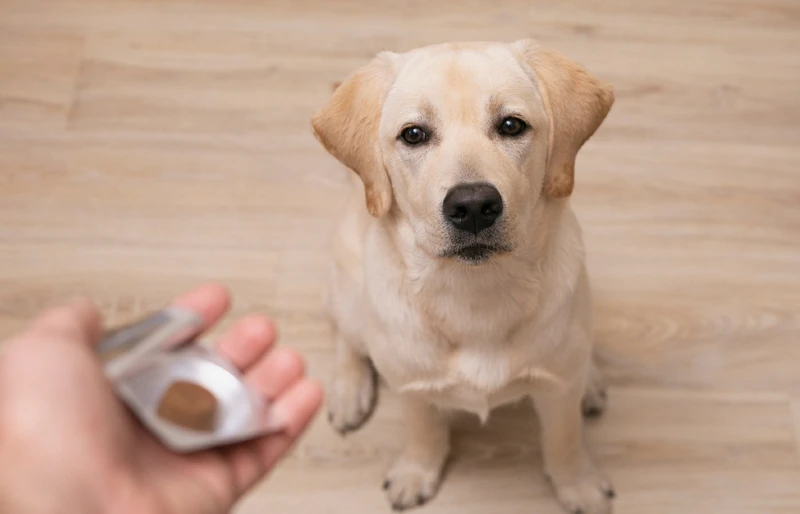
4. Mucus
Usually, mucus is a sign that your dog has issues digesting something and can appear white or yellow. Non-food items your dog has eaten due to pica or accidentally swallowed are common causes of digestive issues.
5. Tapeworms
Intestinal parasites, like tapeworms, are a common issue for dogs. Unfortunately, it’s not always easy to tell when a dog has an infestation. One sign is white, rice-like flecks in your dog’s poop. These are caused by segments of the tapeworm, known as “proglottid segments,” breaking away and passing through the dog’s system.
It’s these segments that also carry the tapeworm’s eggs. While there are home remedies for tapeworms, there aren’t any that are proven treatments. A veterinarian can prescribe an effective tapeworm treatment for your dog.
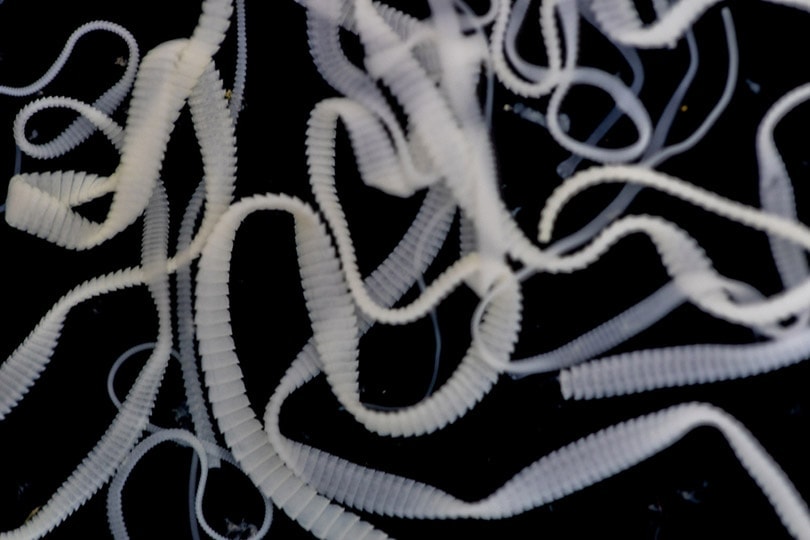
6. Underlying Health Issues
Your dog’s health is a crucial factor when it comes to the appearance of your dog’s poop. Lower intestinal bleeding can lead to red streaks, while green poop is caused by your pooch eating grass, which they will do if they’re not feeling their best.
Gray or white poop can be caused by problems in the liver and can be a sign of it having trouble absorbing the proper nutrients. Raw diets often don’t have the right amount of nutrients for your dog, which can lead to other health issues.
What Color Should Dog Poop Be?
Although it can seem strange to monitor the state of your dog’s poop, it’s good to know what their fecal matter is supposed to look like so you know when something’s wrong. Healthy dog poop should be brown; the color may have slight variations, but a chocolate shade is the norm. A caterpillar shape that’s firm enough to hold its shape without being hard is also a good sign of a healthy bowel movement.
It can be tempting to run to your veterinarian every time you see changes in your dog’s feces. Perhaps it’s a bit runnier than usual or a shade away from its norm. Usually, a one-off anomaly isn’t a cause for concern. If the issues last for more than a day or there’s a large amount of blood in your dog’s poop, it’s time to get in contact with a veterinarian.

Final Thoughts
As dog owners, we have the honor of being the first to know about the state of our dog’s bowel movements. In fact, it’s the best way to keep on top of our dog’s health. White poop can be concerning due to how odd and out of place it is.
While it can be caused by internal health issues or swallowed inedible objects, it can also result from the environment surrounding a pile left in the yard. If your dog’s fresh poop stays white for more than a day, consult your veterinarian to rule out serious medical issues.
Featured Image Credit: Konstantin Zaykov, Shutterstock



